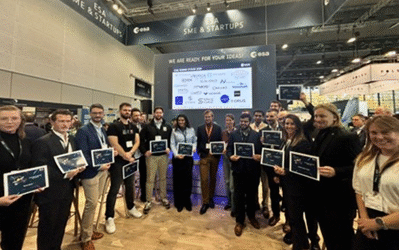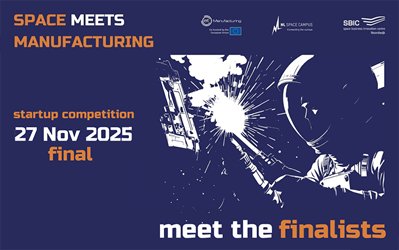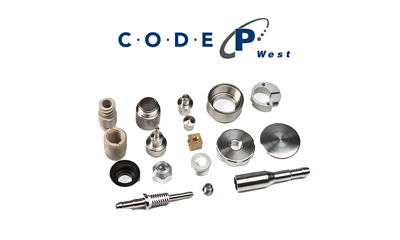Ceres Space aims to build a complete green propulsion system for satellites and spacecraft using hydrogen peroxide as a fuel. The storability of this liquid propellant, however, is a major challenge and one which the five-strong team is set to address while participating in the programme of ESA’s Dutch business incubator (ESA BIC Noordwijk). The initial focus is on the technical development of propellant tanks and supporting architecture that will be suitable for long-term storage of hydrogen peroxide. The startup is poised to strategically position itself to tap into the growing market for sustainable propulsion systems.
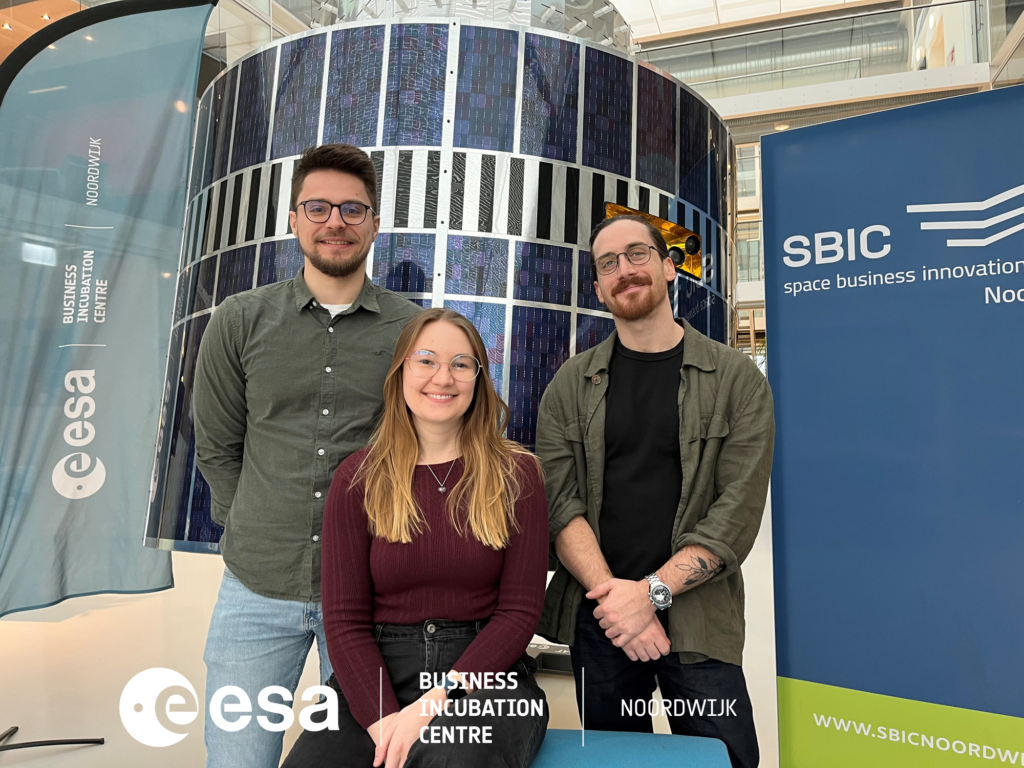
Ceres Space is a team of aerospace engineers who are fanatical about rocket engines. Well, that’s how their journey began anyway – when they were working towards developing a cryogenic bi-propellant rocket engine as part of DARE (Delft Aerospace Rocket Engineering). This was alongside studying for their undergraduate degrees at TU Delft. Some of the team had previously been working on hydrogen peroxide as a propellant for future rocket engine designs, an idea that was then pushed further thanks to the connection with another startup at Delft (SolvGE) that could produce hydrogen peroxide for Ceres Space in any concentration required.
Hydrogen peroxide is considered environmentally friendly as the only byproducts are water and oxygen. It is ideal as a green propellant, with sufficient power to replace highly-toxic propellant options currently on the market and higher performance than other green alternatives – it also has better volumetric density. All of this means that the supporting architecture can be smaller and consequently lighter, which is beneficial for satellite launch. This all sounds good but storability is still an issue that needs addressing, as hydrogen peroxide is a strong oxidiser leading to decomposition – and this is where Ceres Space comes in, with the team’s development of a novel storage solution.
The startup was founded in late 2023 by Francesca van Marion (CEO), Mateusz Lentner (COO) and Thomas Nagy Zambo (CTO). Since beginning incubation at ESA BIC Noordwijk in January 2024, the team has been busy developing the first storage tank prototypes (3D printed by AGF Machining) that are being tested in the outdoor test centre, next door to the ESA BIC co-working space. We caught up with Francesca and Mateusz to find out more.
How do you describe your startup to new audiences?
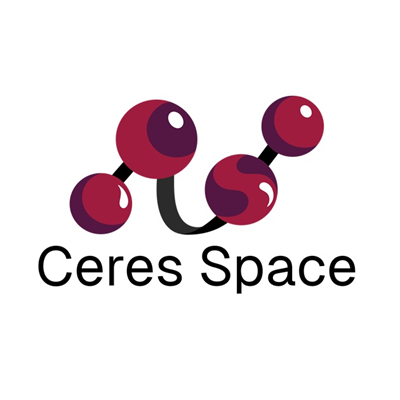
F: We are working to use hydrogen peroxide as a green fuel alternative for in-space propulsion manoeuvres. What is missing right now is the storage infrastructure to enable hydrogen peroxide to work in space – a storage solution is vital, so that’s what we are initially working on. Our longer term goal is to enable mobility in space. Hydrogen peroxide can be used for satellite and spacecraft propulsion systems.
As the interest in commercial space activities increases, with applications such as in-orbit servicing, new transfer vehicles and space stations being considered, we anticipate that there will be a need for a new generation of high thrust in-space propulsion. Step by step it can be used for more and more mobility in different forms.
Why did you opt to use hydrogen peroxide?
M: Hydrogen peroxide is the focus because it’s a chemical that has very good performance, but at the same time it’s less toxic than current propellants and it doesn’t have to be stored cryogenically. So, it’s kind of nice to work with and it can be produced from water. The process is a bit complicated, but there is potential to produce it in microgravity from water, which is something we might validate in the future. But that’s very, very much further down the line.
Our story with hydrogen peroxide started with another startup from TU Delft called SolvGE. They created a machine that can produce peroxide on demand, concentrating it to the high percentage we need. This collaboration between SolvGE and DARE allowed us to test our propulsion systems rapidly without the logistical challenges and costs associated with buying high-percentage peroxide from big suppliers.
What is the background of your company?
F: We came from a student team at DARE in TU Delft during our undergraduate studies. It is a student society and they have a bunch of sub-projects. Many of us were part of the DARE team for 6 years. Some members worked full-time for a year on Project Sparrow, and we did that after our bachelor’s degree. Then, after our master’s degree, we wanted our own side project, so we continued working on this hydrogen peroxide engine project and eventually decided to form a startup. We realised that we work really well together and each team member contributes like puzzle pieces to form the skeleton for our startup.
What steps did you take to get to ESA BIC?
F: For the first 2 years of our startup, we did all sorts of courses and countless pitching sessions. We joined the Aerospace Innovation Hub where we won the startup voucher and began to expand our network in the aerospace sector. Our business development continued by participating in startup competitions, like the TU Delft Impact Contest, Philips Innovation Award and Ready To Startup (YES!Delft). Participation and experience in those competitions and courses allowed us to validate our idea further and receive feedback from other entrepreneurs and investors. Finally, we also participated in the SBIC’s pre-incubation training course, the Ignition Programme, where our concept received feedback from experts in the space market.
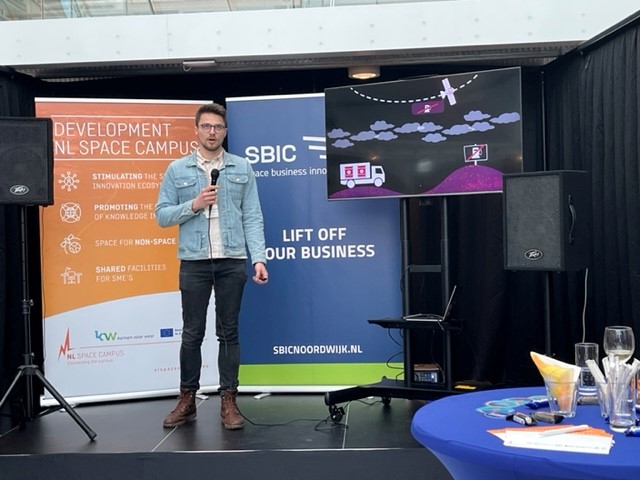
What were the benefits of doing the Ignition Programme first?
F: It was absolutely essential for us as, thanks to this experience, we realised that our idea had to be adjusted to compete better in the market. The Ignition Programme really helps with validating your idea. It offers very focused workshops in a space environment where everyone is motivated for that topic. The programme also gave us a trial period to determine if this was really what we wanted to pursue. It prepared us well for the more intensive demands of ESA BIC.
M: We talked to many people and realised that Ignition really is like a preparatory course for ESA BIC and we knew we wanted to do it (last summer) just prior to making our application for ESA BIC (last fall). Following pre-incubation, we were able to pivot our business idea and it reinforced the path we eventually took. The programme is like a trial period for what ESA BIC can offer. We got a lot out of it and were encouraged to apply for incubation without delay.
How is your solution unique in the green propulsion market?
M: Our unique selling point is that we are focusing on the tanks and extended storage solution for hydrogen peroxide using state-of-the-art technology. As far as we are aware, we are the only startup that is actually approaching it from that angle. Many companies start with engines – engineers like to work on shiny and cool things like engines. When we talk about tanks, most people are like: man, that’s boring. We saw an opportunity in an area that might seem less glamorous to some people but it is essential. Tanks can fit into different sectors and by specialising in hydrogen peroxide storage, we can fill a critical gap in the market.
Did the space business community provide feedback?
F: Yes, we talked about our technology/solution with various experts during the Ignition Programme, including Berry Sanders from ESA BIC alumnus HDES. These discussions have been invaluable for refining our focus and approach.
Ceres Space is working to use hydrogen peroxide as a green fuel alternative for in-space propulsion manoeuvres
Francesca van marion
What is your main focus during incubation?
M: Our goal for the incubation programme is to build and make our prototype tanks, validate that they can store peroxide for an extended period of time and then sell it to one of the potential customers that we’ve already been in contact with. The critical roadmap is to: make the tanks, test the tanks, sell the tanks.
How have things been progressing so far?
M: We already have the first 3D-printed prototypes. These are titanium tanks designed to fit into a small satellite, that must be as light as possible and have a structure that minimises stresses (the reinforced exterior grid helps with that). The processing will then happen to investigate their compatibility with hydrogen peroxide. In the initial tests, the tank will be filled with hydrogen peroxide and we will monitor it for an extended period. The tank will sit in a special rig connected to special valves so we are able to release any build-up of pressure. These tests are being performed in the outdoor laboratory on a small scale at first.
F: Realising the tank design process is the fastest step of the process. Testing takes the most time – figuring out how to test it and then trying the first time and realising something didn’t work, and then making incremental changes and trying again and again.
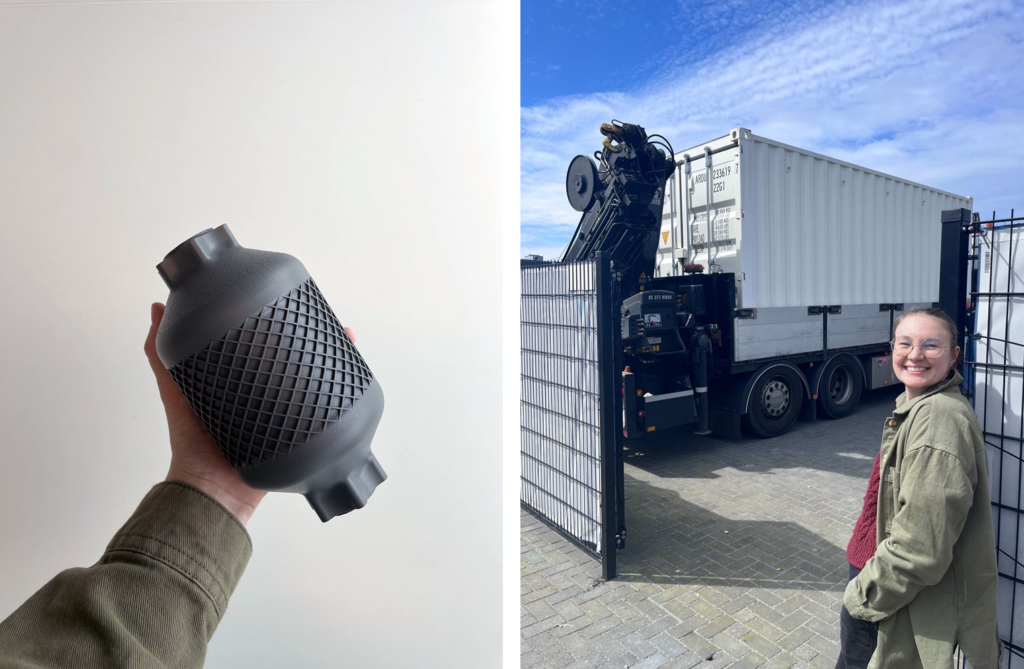
Which aspects of the programme do you find most valuable?
M: The external support we get is important – such as the mentorship and being connected to business coaches. It’s great to have access to industry leaders. I have actually been surprised at how often people in high positions in the Dutch space ecosystem are at events here and we get one-on-one time with them.
F: The fact that we can use the ESA BIC branding is also great, as is having such close contact with ESA. Through the programme, we also get invited to events that we wouldn’t otherwise ordinarily get access to – like the really great propulsion workshop that recently took place at ESTEC (ESA’s European Space Research and Technology Centre).
What are your future ambitions for the company?
M: After validating our technology, our next goal is substantial funding, around half a million, to advance our hardware development. In the longer term, we intend to develop thrusters to offer a complete package that could potentially be sold to CubeSat manufacturers. We’d also like to establish a small workshop with a 3D printer here and initiate pilot missions with ESA or other startups. Ultimately, we want to test our hardware in space. For now, the main ambition is getting the company off the ground and ensuring we can pay ourselves for our work.
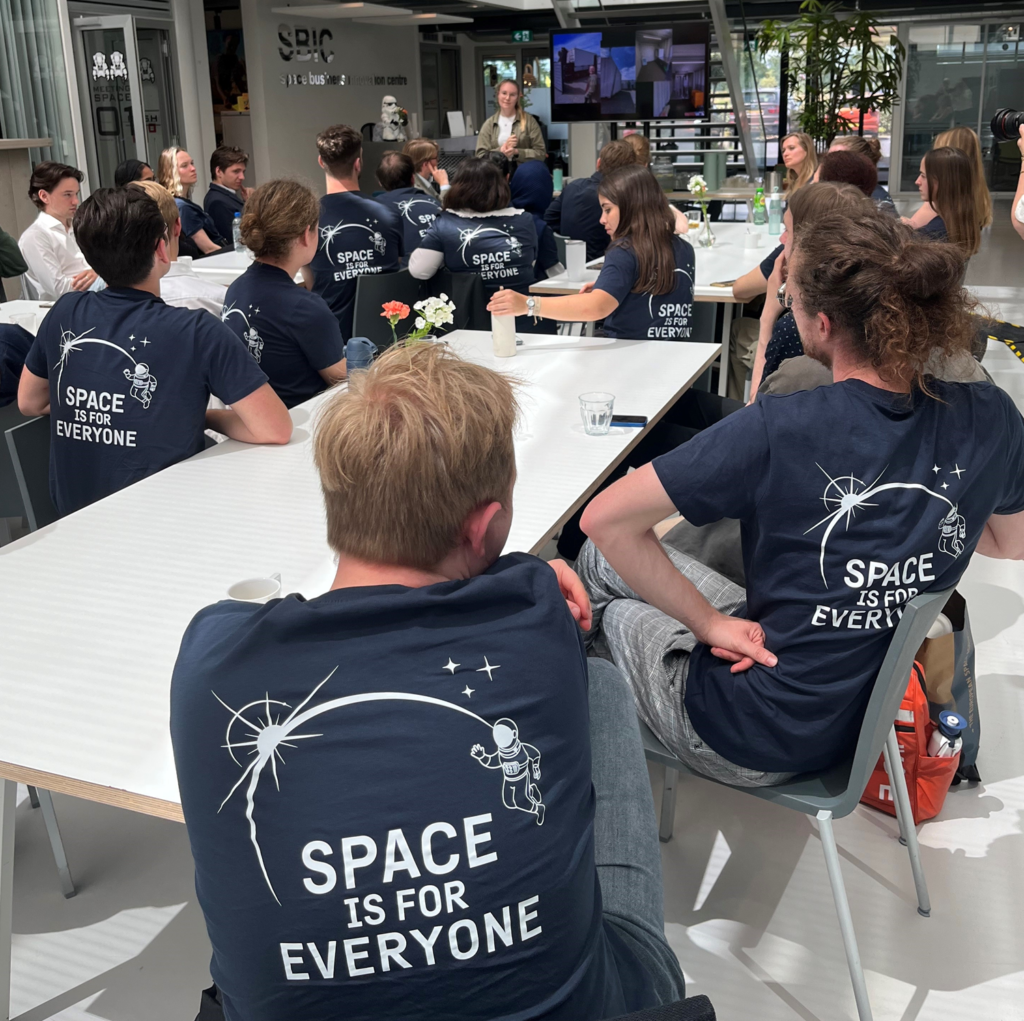
F: We’ve been in contact with funders in the Netherlands but the technology is not ready yet. So, we’re focusing on validating our peroxide storage technology (technically and commercially), which is the most critical part. Once we achieve satisfactory validation, we’ll resume funding conversations. We aim to do this after the summer.
Any advice for people planning to apply to ESA BIC?
M: Commitment is crucial and you have to be ready to fully commit. As students, it was hard to be fully committed but graduation was a turning point. Also, don’t underestimate what needs to be done and be aware that the process of applying to ESA BIC takes more work than you might expect. We started our application 2.5 months before the deadline and still had to finish it in the last week. It’s a big application requiring alignment of business and technical aspects.
You need to be committed to the ESA BIC community as well as your own startup
ABOUT CERES SPACE
Ceres Space, based in the Netherlands, is providing a green propulsion system for satellites and spacecraft powered by hydrogen peroxide. Aiming to strategically position itself as a promising player in the growing market for sustainable propulsion solutions, the five-strong team uses an innovative approach and a commitment to green propulsion. In January 2024, the company joined the 2-year programme of the Dutch business incubation centre of the European Space Agency, ESA BIC Noordwijk. ceres-space.com
Do you have a validated business idea and space connection?
Launch your own business via the incubation programme ESA BIC Noordwijk. Before the next selection deadline, feel free to join the useful info sessions.
